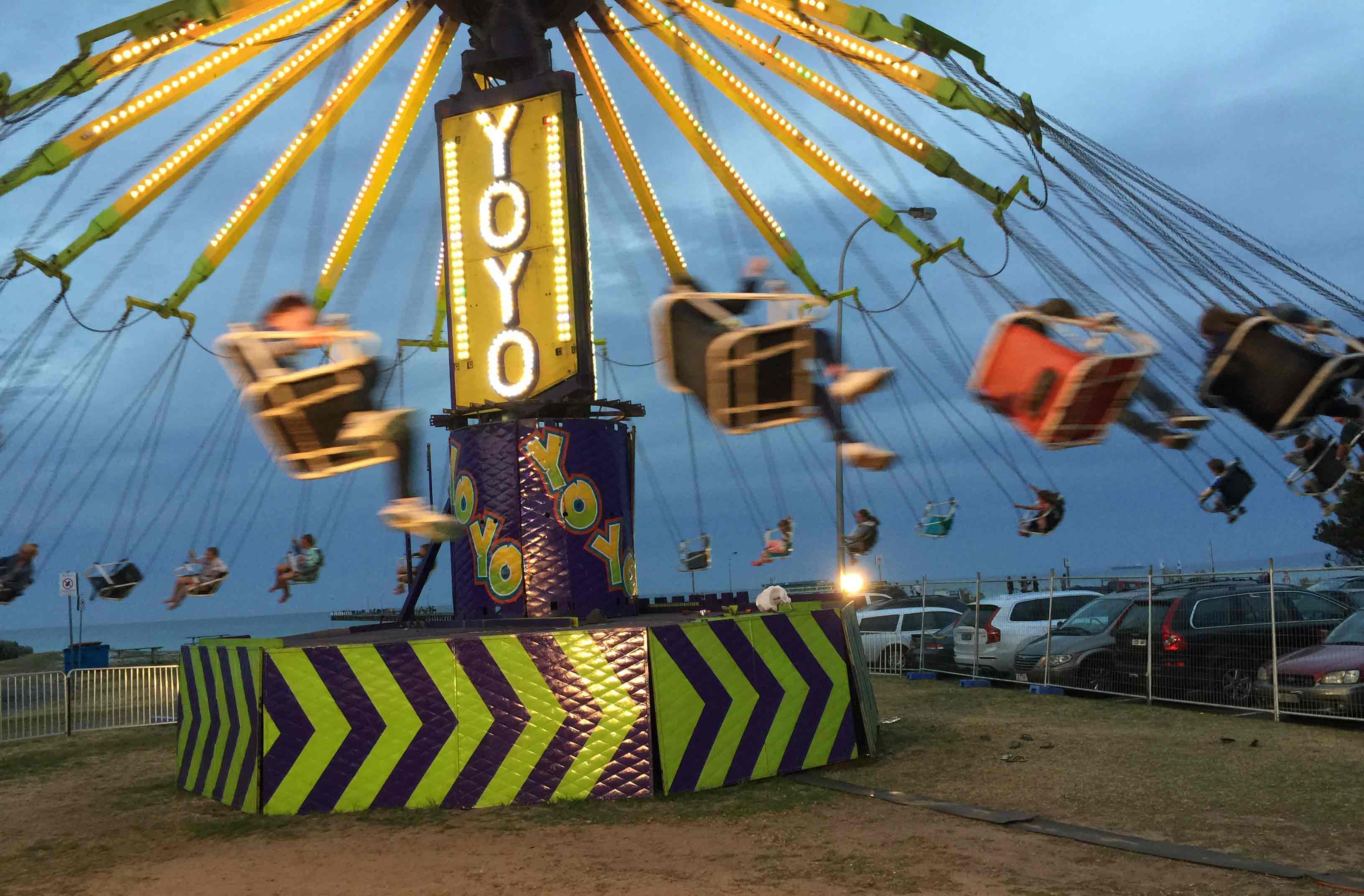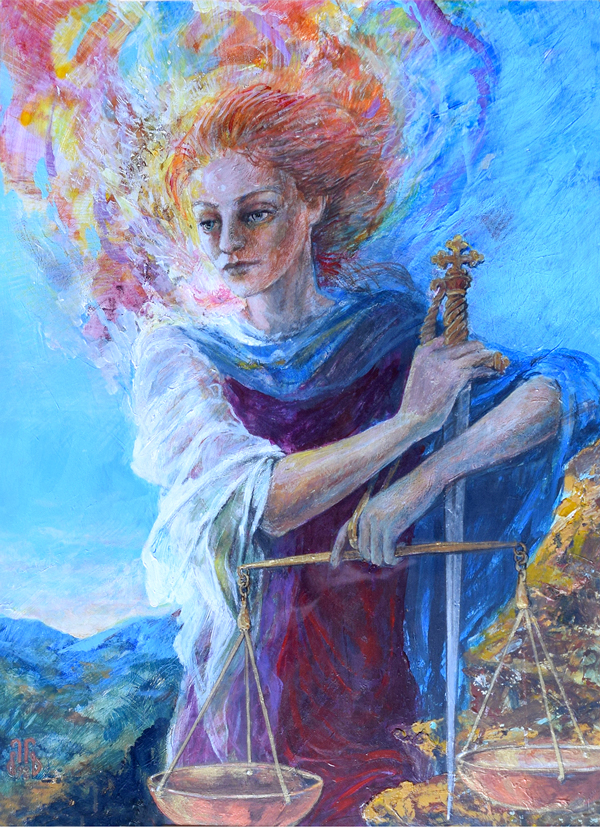TEENAGE - ITS QUITE A RIDE!
Puberty
Fourteen is the archetypal year marking puberty and the shift from child to adolescent. The age when this takes place is quite varied. There are both physical and emotional changes and these may not happen together.
Already in the couple of years prior to puberty, great changes commence in the body and become a strong drive in the boy or girl. Girls prior to puberty experience a dramatic growth spurt in their physical body. Their energies are all directed to this so they can have a lack of energy and lethargy. Prior to puberty boys tend to become gangling and awkward, ‘all elbows’. This is matched by lots of assertive ‘conquering’ energy.
The moon remains a strong influence as a young person moves into the early stage of adolescence. This is what brings about the rapid growth and bodily changes as well as the ebb and flow of emotions.
The astral
Puberty signals the third birth, and it introduces the astral cycle. We have looked at the physical stage when the body is being builtup and the etheric stage when the finer energies are strengthened, two aspects of existence we have in common with plants. The astral is a third part of our being, which we have in common with the whole animal kingdom. As the bearer ofinstincts and emotions it is the level of soul through which we move towards pleasure and away from pain. In the East the astral is known as the desire body.
In adolescence a new independent consciousness is unsheathed. The inner world can now function independently. In that sense the soul wakes with the first stirrings of self-consciousness. This is experienced on an instinctive level, which means that the soul’s energies are released as emotions and drives of the astral. It’s a consciousness that works rather like impulses of an electric current, in the body through sexual feelings, and in the mind as emergent thinking.
In tribal societies puberty was the time when the boy or girl was initiated into the mysteries of adulthood by the elders of their sex. Such rites of passage were society’s way of guiding young people through this transition. We lack such initiatory practices today. Ours is the age of individualism. Yet elders can still help by encouraging choices where self-will is exercised so that all the energies become self-directed – thus fostering good will power, control and discipline.
In many teenagers there's a struggle to find an identity. Free choice is experienced for the first time, with all its daunting responsibilities, while ego can emerge very strongly. No wonder it is a time of turbulent emotions, of confidence mixed with fear and a retreat into the peergroup. ‘Group think’, cliques, gangs and physical and emotional violence against outsiders are negative expressions of this. Such is the fear of standing alone, it’s not uncommon for adults to remain in this group conscious stage. Generally, as development in the body continues towards its maturity, this is met in growing measure with a dawning self-consciousness.
Relationships with parents change. The young person looks for a new authority. There are many occasions when teenagers make a poor choice of an authority without the self-knowledge that will come with maturity. It’s usually temporary and part of ‘growing up’.
Previously imitation, imagination and participation have been the learning tools. Initiation and initiative are the tools of this age. Many teenagers are keen to get a job and earn their own money. But because the brain is not fully formed yet, initiative can mean risky or extremely unwise behaviour. And then there’s the soul. Its feeling, thinking and willing capacities are undeveloped. 14 to 21 are important years for nurturing each ofthese capacities towards their unfoldment in the following cycles.
This is the cycle of learning in its fullest sense, because everything relates to self. If the initiative to work and learn is to be activated, then the challenges of this period will determine it. For this reason, challenging hobbies are valuable. As well, we live in an age of specialisation, which is often reflected in our education system. Wise educators and parents will ensure that the young folk in their charge are given a variety of opportunities and pathways of discovery. Early and intense specialisation may inhibit development, although this can be addressed in a later life stage. Work and play always need the balance, and time out to enjoy life will be part of self-discovery.
Yet if a young person has not learned to work at all by the age of eighteen then immediate help is needed in terms of assisting themto train the will in preparation for adulthood. Irregularity, such as poor school attendance can have an adverse influence in later life.
Sex and gender
Gender has traditionally been assigned at birth as male or female according to sexual characteristics. In younger children these bodily differences are not marked enough to be the arbiters of behaviour. It’s more about their socialisation into gender-based roles.
Puberty brings a noticeable metamorphosis. These changes are sex specific. But gender is more complicated. Sometimes a young person experiences a contradiction between their ‘sex’ and their gender. Sometimes genetics affects sexual development. A teenager who doesn’t ‘fit’ can suffer unless a society – peers, teachers, parents and leaders – understands this additional trial to the already challenging shifts taking place.
In a few societies the young have been free to discover their own sexual authority. Polynesians lived in the far-flung Pacific Islands long before Europeans discovered them. To these islanders, sex was as much a part of life as any other daily activity, and they engaged in it uninhibitedly with a variety of partners from adolescence until marriage. The sexual freedom of the young, as well as a general acceptance of sexual diversity, shocked the puritanical Christian missionaries who arrived in the South Pacific during the early 19th century.
Authoritarian patriarchal religions have over the centuries encased sex within restrictive taboos. Consequently, sexual agency has been taken away from young males and females. Such restrictions filtered into societal attitudes. Marriage at a young age was a means of control, of girls especially. Yet stories abound of forbidden, clandestine, and often dangerous sexual relations, for sex is a powerful urge, especially as this seven-year cycle progresses.
As the old barriers are being broken down, our current age of supposed sexual freedom has its own dangers. Modern culture focuses heavily on sex in popular music, advertising and more. When adults haven’t developed a healthy ‘Polynesian’ attitude to sex, appropriate education is more or less evaded. If, as often happens, young people get their sex education through online pornography and imitative peer sharing, we see redundant misogynist stereotypes being reinforced. Yet spiritually there is some good news.
Venus, the goddess of love
This is the Venus cycle. Under the influence of the planet named after the goddess of love, a new power of love is rightly born in this cycle. If all has gone well there will emerge a quest for the heart of the world, that which transcends materialism.
As individualized feelings become stronger and clearer, they are likely to be directed towards sex, because the sexual identity is emerging. Yet this can be a very romantic, heartfelt time, for boys as well as girls. The delight of falling in love may happen often, as well as the pain of ‘breaking up’. The heart is learning through these passionate feelings. And courage of the heart, coeur-age, will grow.
The new road to love is challenging and some young folk avoid it by equating love with the brief illusory highs of self-focused sex, or by exploring drugs and other illicit adventures. It’s especially the case if the soul has been starved in the previous cycles. The need for love can also turn inward, becoming introverted with increasing obsession about appearances and never looking ‘good enough’.
In these years love needs to be encouraged in many directions – for knowledge, people, living things, nature, beauty and for genuine intimate physical expressions.
14 to 21 is a long haul in the life of most parents and for young people themselves – often a time of stormy seas, with the fight for independence, years of experimentation and the struggle of individuality versus the group. Yet this cycle determines in great part how successful a life will be. These are the shaping, sculpting years,where the inner blueprint can be impressed or repressed.



Comments
Post a Comment